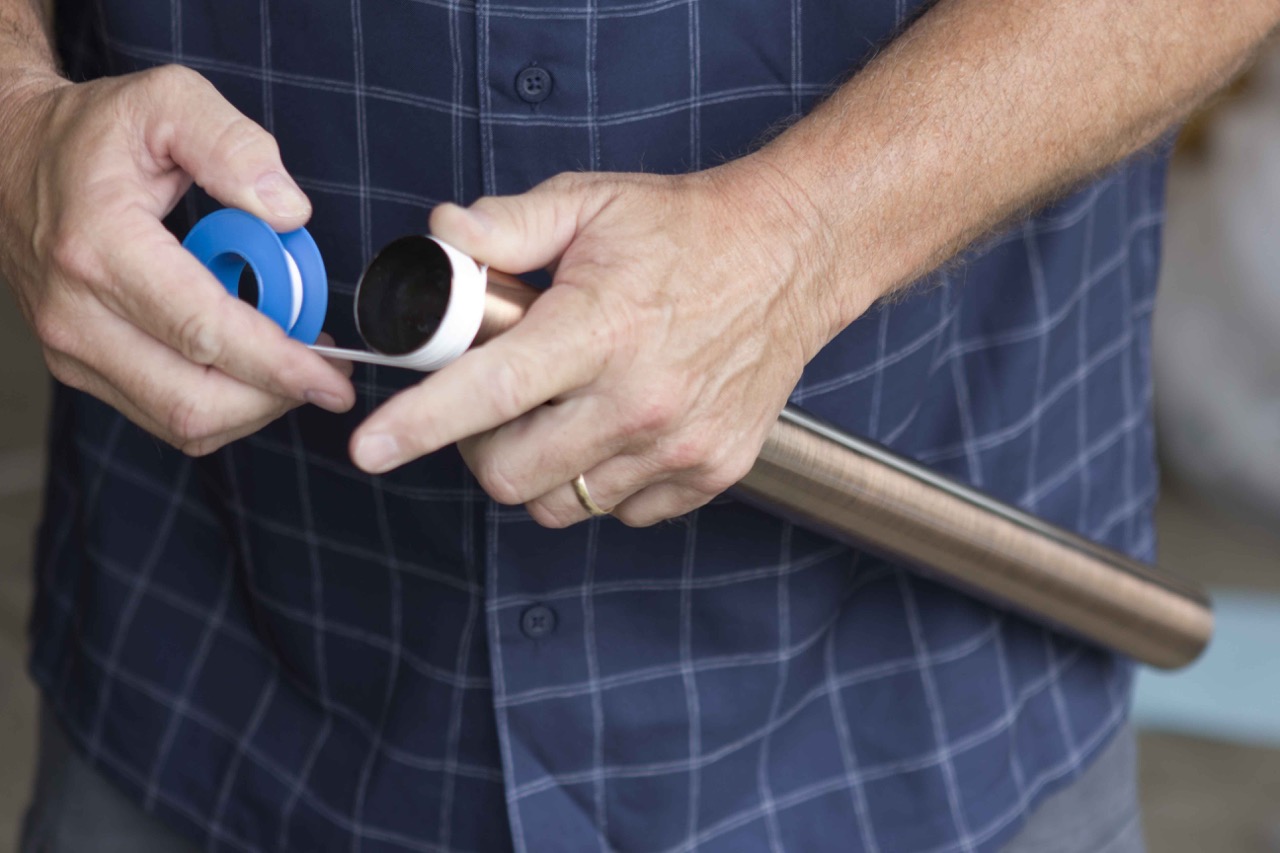

Articles
What Is Plumbing Tape Used For
Modified: March 1, 2024
Plumbing tape is a versatile tool used in plumbing projects to prevent leaks and secure connections. Read our articles to learn more about its uses and benefits.
(Many of the links in this article redirect to a specific reviewed product. Your purchase of these products through affiliate links helps to generate commission for Storables.com, at no extra cost. Learn more)
Introduction
In the world of plumbing, there are numerous tools and materials that are essential for a successful job. One such material is plumbing tape, also known as thread seal tape or Teflon tape. Plumbing tape is a thin, flexible, and waterproof tape that is commonly used in plumbing projects to provide a secure and leak-free connection between threaded pipes and fittings.
Plumbing tape is an indispensable tool in the plumbing industry, as it helps to prevent leaks and ensure the longevity of plumbing systems. Whether you are a professional plumber or a DIY enthusiast, understanding the purpose and proper usage of plumbing tape is crucial for any plumbing project.
In this article, we will explore the various aspects of plumbing tape, including its definition, types, uses, application methods, tips, recommendations, and common mistakes to avoid. By the end of this article, you will have a comprehensive understanding of plumbing tape and its role in maintaining leak-free plumbing systems.
Key Takeaways:
- Plumbing tape, also known as Teflon tape, is crucial for creating leak-free connections between threaded pipes and fittings. Understanding its types, uses, and application methods is essential for successful plumbing projects.
- When using plumbing tape, it’s important to choose the right type for your specific application, apply it correctly, and avoid common mistakes such as using too much tape or overtightening fittings. Following best practices ensures secure and reliable connections.
Read more: How To Use Plumbing Tape
Definition of Plumbing Tape
Plumbing tape, also known as thread seal tape or Teflon tape, is a thin and flexible tape made from PTFE (polytetrafluoroethylene). It is specifically designed to create a tight and secure seal between threaded pipes, fittings, and fixtures in plumbing systems.
The tape is typically white in color and has a non-sticky surface, allowing it to be easily wrapped around pipe threads without sticking to itself or causing any obstruction in the plumbing system.
The primary purpose of plumbing tape is to provide a reliable and leak-free connection by filling the gaps and imperfections between the threaded surfaces. It acts as a barrier that prevents water, gas, or other fluids from escaping through the threaded connections, ensuring a tight seal that prevents leaks and dripping.
It is important to note that plumbing tape is not an adhesive tape, but rather a sealing tape. It does not rely on adhesion to create a seal, but instead uses its unique properties to form a watertight and airtight connection. This makes it easy to remove and reapply if adjustments or repairs are needed.
Overall, plumbing tape is an essential component in any plumbing toolkit, as it plays a crucial role in maintaining the integrity and efficiency of plumbing systems by preventing leaks and ensuring a secure connection between pipes and fittings.
Types of Plumbing Tape
There are several types of plumbing tape available in the market, each suited for different applications and pipe materials. Understanding the different types of plumbing tape can help ensure that you select the right one for your specific plumbing needs. Here are some of the most common types:
- Standard Teflon Tape: This is the most common type of plumbing tape and is suitable for general-purpose use. It is made from PTFE and typically comes in a white color. Standard Teflon tape is compatible with most plumbing materials, including metal and plastic pipes.
- Gas Line Teflon Tape: Gas line tape is specifically designed for use with gas pipes. It has a higher density and thicker construction to withstand the higher pressure levels associated with gas systems. Gas line tape is typically yellow in color to indicate its suitability for gas connections, making it easier to distinguish from standard tape.
- Stainless Steel Tape: Stainless steel tape is an alternative to traditional Teflon tape. This type of tape features a layer of stainless steel that provides added strength and durability. It is often used in applications where a more secure seal is required or to protect threads from corrosion.
- Pipe Thread Compound: While not technically a tape, pipe thread compound is worth mentioning as an alternative to tape. It is a paste-like substance that is applied to the threads before joining pipes. Pipe thread compounds provide a reliable seal and can be used on various materials, including metal and plastic.
When choosing the right plumbing tape for your project, consider the type of pipe material, the intended use, and the pressure levels involved. It is important to ensure compatibility between the tape and the pipes and fittings to prevent any adverse effects on the plumbing system.
Always refer to the manufacturer’s instructions and guidelines to ensure you are using the appropriate plumbing tape for your specific application. By selecting the right type of plumbing tape, you can achieve a secure and leak-free connection in your plumbing projects.
Uses of Plumbing Tape
Plumbing tape is a versatile and indispensable tool in the plumbing industry, used in a wide range of applications to ensure leak-free connections. Here are some of the common uses of plumbing tape:
- Threaded Connections: The primary use of plumbing tape is to seal threaded connections between pipes and fittings. It is applied to the threads of the pipe or fitting before screwing them together. The tape fills any gaps or imperfections in the threads, creating a watertight and airtight seal. This is essential for preventing leaks, whether in water supply lines, drain lines, or gas lines.
- Showerheads and Faucets: Plumbing tape is commonly used when installing or repairing showerheads, faucets, and other bathroom fixtures. It helps ensure a tight seal between the fixture and the pipe, preventing any water leakage at the connection point.
- Pipe and Valve Connections: When connecting different types of pipes or valves, plumbing tape can provide a reliable seal. It is particularly useful when joining metal and plastic piping or when connecting pipes with different thread sizes.
- Connections to Water Heaters: Plumbing tape is often used when connecting water heaters to the water supply lines. It creates a secure and leak-free connection, preventing water leaks that could potentially damage the surrounding area.
- Connections in Irrigation Systems: Plumbing tape is essential in irrigation systems, where threaded connections are commonly used. It helps create a watertight seal between pipes, fittings, and sprinklers, ensuring efficient water distribution without any leaks.
- Gas Lines: Plumbing tape designed for gas connections is specifically used in applications involving natural gas or propane. It ensures a secure seal between threaded gas pipes, preventing gas leaks and potential hazards.
- Plumbing Repairs: In addition to new installations, plumbing tape is also used in repairs. It can be applied to existing threaded connections to fix leaks or reinforce the seal.
These are just a few examples of the numerous applications of plumbing tape. Its versatility and effectiveness make it an essential tool for plumbers and DIY enthusiasts alike, ensuring leak-free connections and a reliable plumbing system.
Plumbing tape, also known as Teflon tape, is used to seal pipe threads and prevent leaks in plumbing connections. When wrapping the tape around the threads, make sure to wrap it in the same direction as the threads for a tight seal.
How to Apply Plumbing Tape
Applying plumbing tape correctly is essential to ensure a secure and leak-free connection. Follow these step-by-step instructions to apply plumbing tape effectively:
- Prepare the threads: Start by cleaning the threads of the pipe or fitting. Remove any debris, dirt, or old tape residue to ensure a clean and smooth surface for the plumbing tape to adhere to.
- Wrap the tape: Hold the end of the plumbing tape against the starting point of the threads. Make sure to hold the tape just below the first thread so that it won’t interfere with the connection. Wrap the tape in a clockwise direction, overlapping each wrap by about 50%. Keep the tape taut as you wrap, but avoid stretching it excessively.
- Continue wrapping: Continue wrapping the tape around the threads until you reach the end or desired length. Typically, 3 to 4 revolutions of the tape are sufficient for a good seal. Be careful not to wrap the tape too thickly, as it may prevent the fittings from tightening properly.
- Apply pressure: Once the tape is wrapped around the threads, use your fingers or a flat object to press down lightly on the tape. This helps to ensure that the tape adheres well to the threads and creates a tight seal.
- Trim the excess: After wrapping the tape, use a sharp utility knife or scissors to trim off any excess tape. Make sure to remove any tape that may obstruct the connection or interfere with the tightening of the fittings.
- Secure the connection: With the plumbing tape in place, screw the fitting onto the pipe. Use the appropriate tools, such as a wrench or pliers, to tighten the connection firmly. Ensure that the fitting is properly aligned and tightened, but be careful not to overtighten, as it may damage the threads or cause leaks.
It is important to note that when applying plumbing tape, the tape should only be used on the male threads of the pipe or fitting, rather than on the female threads. This ensures a proper fit and allows for easier future disassembly if needed.
By following these steps, you can apply plumbing tape correctly and achieve a secure and leak-free connection in your plumbing projects.
Read more: What Is ABS Used For In Plumbing
Tips and Recommendations for Using Plumbing Tape
Using plumbing tape effectively requires some tips and recommendations to ensure a successful and leak-free connection. Here are some valuable tips to consider when using plumbing tape:
- Cut the tape cleanly: When trimming the excess tape, make sure to cut it cleanly and squarely. This will prevent any loose ends or jagged edges that may interfere with the connection or cause leaks.
- Wrap in the correct direction: Always wrap the plumbing tape in a clockwise direction when looking at the end of the pipe or fitting. This will help ensure that the tape doesn’t unwind as you tighten the connection.
- Use the right amount of tape: Apply enough tape to fill the gaps and create a tight seal, but avoid wrapping it too thickly. Excessive tape may cause the fittings to not fully thread together, resulting in leaks.
- Start the tape below the first thread: Begin wrapping the tape just below the first thread of the pipe or fitting. This prevents the tape from interfering with the connection and ensures a smooth and secure fit.
- Avoid overlapping on the end: When nearing the end of the threads, avoid overlapping the tape onto itself. This can create a thick and uneven layer that may prevent the proper tightening of the fittings.
- Choose the right type of tape: Select the appropriate type of plumbing tape for your specific application. Consider the pipe material, the intended use, and the pressure levels involved to ensure compatibility and effectiveness.
- Inspect for proper alignment: Before tightening the connection, visually inspect the alignment of the threads. Ensure that the fittings are properly aligned, allowing for a proper and secure connection.
- Hand-tighten first: Begin by hand-tightening the fittings to ensure they are properly aligned. Once aligned, use the appropriate tools, such as a wrench or pliers, to tighten the connection further. Avoid using excessive force, as overtightening may damage the threads or create leaks.
Following these tips and recommendations will help you achieve a successful and leak-free connection using plumbing tape. Always refer to the manufacturer’s instructions and guidelines for specific recommendations regarding the use of plumbing tape for different applications.
Common Mistakes to Avoid When Using Plumbing Tape
While plumbing tape is a valuable tool for creating secure and leak-free connections, there are several common mistakes that should be avoided to ensure its effective use. By being aware of these mistakes, you can prevent potential issues and ensure the success of your plumbing projects. Here are some common mistakes to avoid when using plumbing tape:
- Using too much tape: Overloading the threads with excessive layers of tape can prevent the fittings from tightening properly, resulting in leaks. Use a sufficient amount of tape to fill the gaps and create a tight seal, but avoid wrapping it too thickly.
- Applying the tape in the wrong direction: It is crucial to wrap the plumbing tape in a clockwise direction when viewing the end of the pipe or fitting. Wrapping it in the wrong direction can cause the tape to unwind as you tighten the connection, compromising the seal.
- Not cleaning the threads: Failing to clean the threads before applying the tape can lead to poor adhesion and a weak seal. Make sure to remove any debris, dirt, or old tape residue to ensure a clean and smooth surface for the plumbing tape to adhere to.
- Using the wrong type of tape: Selecting the wrong type of plumbing tape for your project can hinder its effectiveness. Ensure that you choose a tape that is suitable for the pipe material, the intended use, and the pressure levels involved to ensure compatibility and durability.
- Overtightening the fittings: While it is essential to tighten the fittings securely, overtightening can damage the threads and cause leaks. Use the appropriate tools, such as a wrench or pliers, and apply sufficient pressure to create a secure connection without excessive force.
- Not aligning the fittings properly: Failing to align the fittings properly before tightening can result in misaligned or cross-threaded connections, leading to leaks. Always visually inspect the alignment of the threads and ensure they are properly engaged before tightening.
- Reusing old tape: Reusing old plumbing tape that has been previously used can diminish its effectiveness. Make sure to start with a fresh, clean piece of tape for each new connection to ensure a reliable and leak-free seal.
- Not trimming the excess tape: Leaving excess tape hanging around the connection can interfere with the tightening of the fittings or cause movement over time. Trim off any excess tape cleanly and squarely to ensure a neat and unobstructed connection.
By avoiding these common mistakes, you can enhance the effectiveness of plumbing tape and achieve a secure and leak-free connection in your plumbing projects.
Conclusion
Plumbing tape, also known as thread seal tape or Teflon tape, is an essential tool in the plumbing industry. It provides a reliable and leak-free connection between threaded pipes and fittings, ensuring the integrity and efficiency of plumbing systems. Understanding the definition, types, uses, application methods, and best practices for plumbing tape is crucial for any plumbing project.
Plumbing tape comes in various types, including standard Teflon tape, gas line tape, stainless steel tape, and pipe thread compound. Each type is designed for specific applications and pipe materials, offering versatility and reliability in different plumbing projects.
Plumbing tape is commonly used to seal threaded connections, such as those between pipes, fittings, showerheads, faucets, and valves. It is also used in applications involving water heaters, irrigation systems, and gas lines to ensure a tight and secure seal.
When applying plumbing tape, it is important to follow proper techniques. This includes cleaning the threads, wrapping the tape in the correct direction, using the right amount of tape, and applying pressure to ensure a secure and leak-free seal. Additionally, choosing the appropriate type of tape and avoiding common mistakes, such as using too much tape or overtightening the fittings, are crucial for successful results.
In conclusion, plumbing tape is a valuable tool that plays a vital role in maintaining leak-free plumbing systems. By understanding its uses, application methods, and best practices, you can confidently tackle plumbing projects and achieve secure and reliable connections. Whether you are a professional plumber or a DIY enthusiast, having a good understanding of plumbing tape will contribute to the success and longevity of your plumbing endeavors.
Frequently Asked Questions about What Is Plumbing Tape Used For
Was this page helpful?
At Storables.com, we guarantee accurate and reliable information. Our content, validated by Expert Board Contributors, is crafted following stringent Editorial Policies. We're committed to providing you with well-researched, expert-backed insights for all your informational needs.
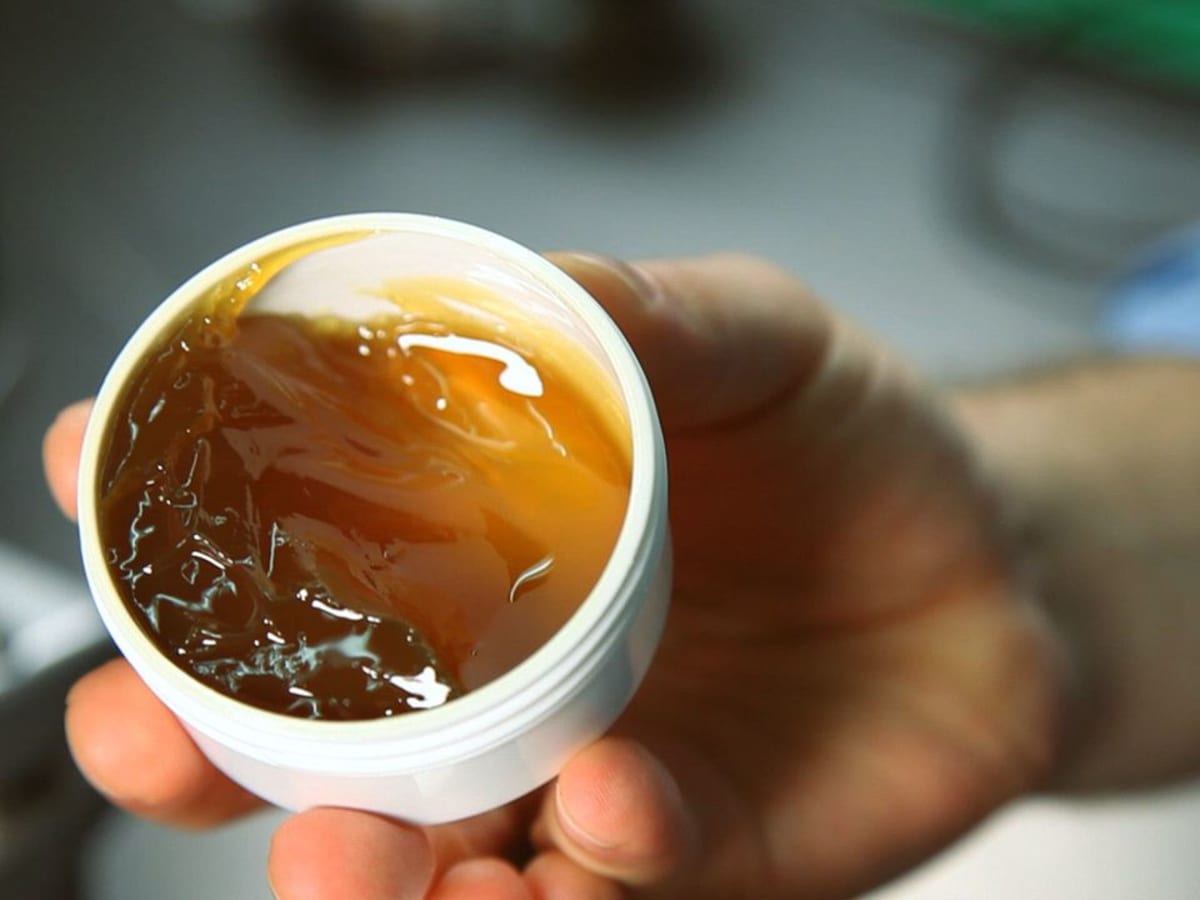
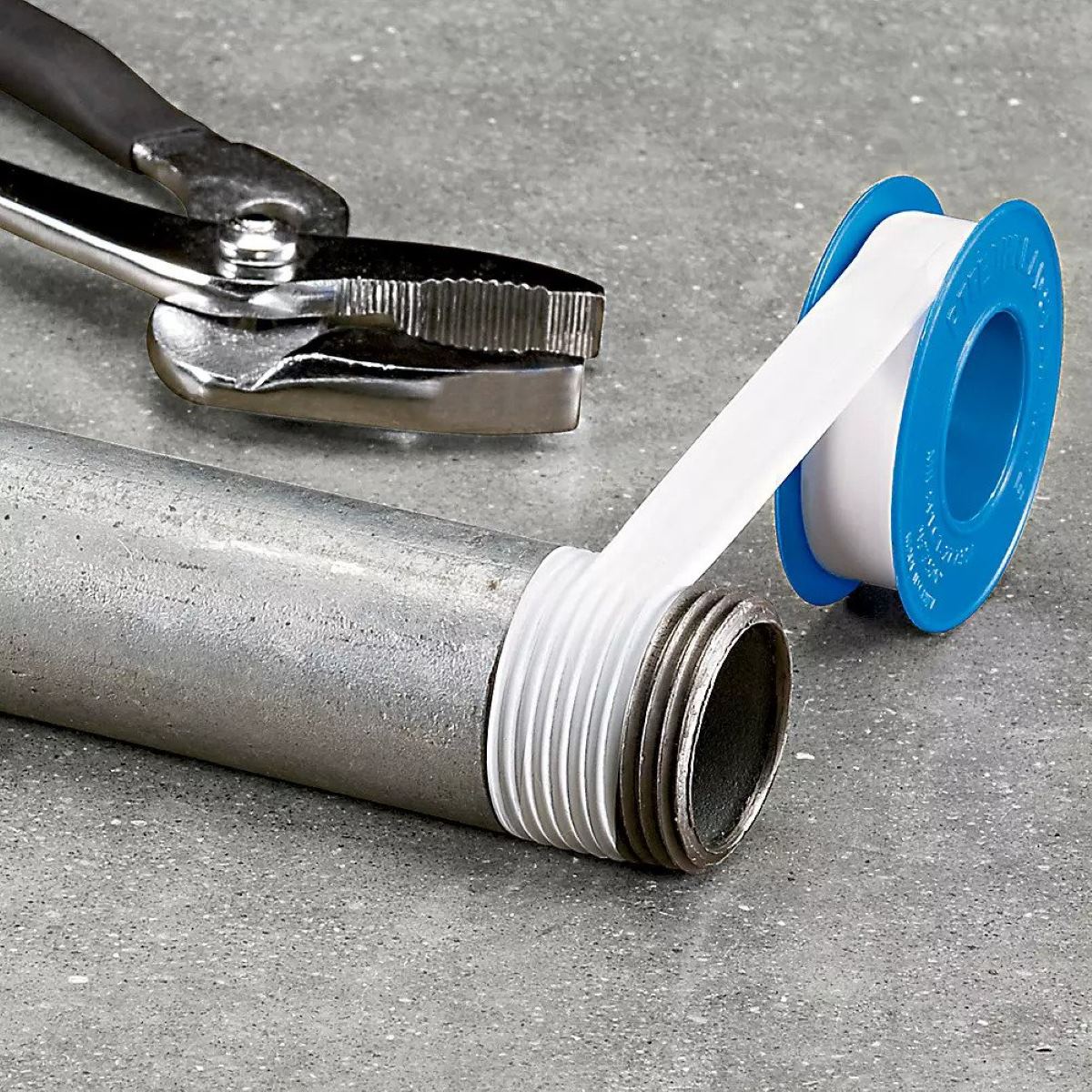
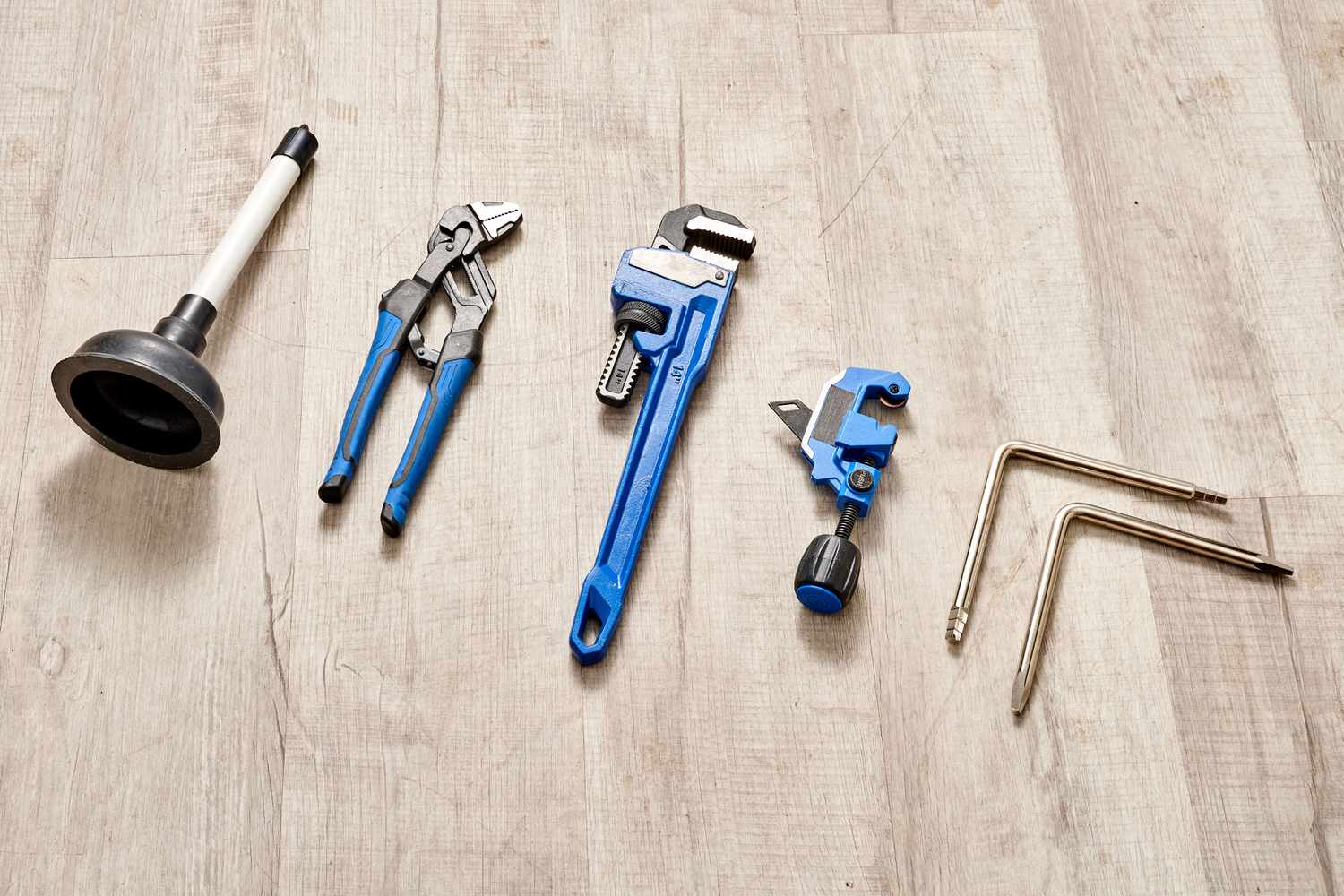
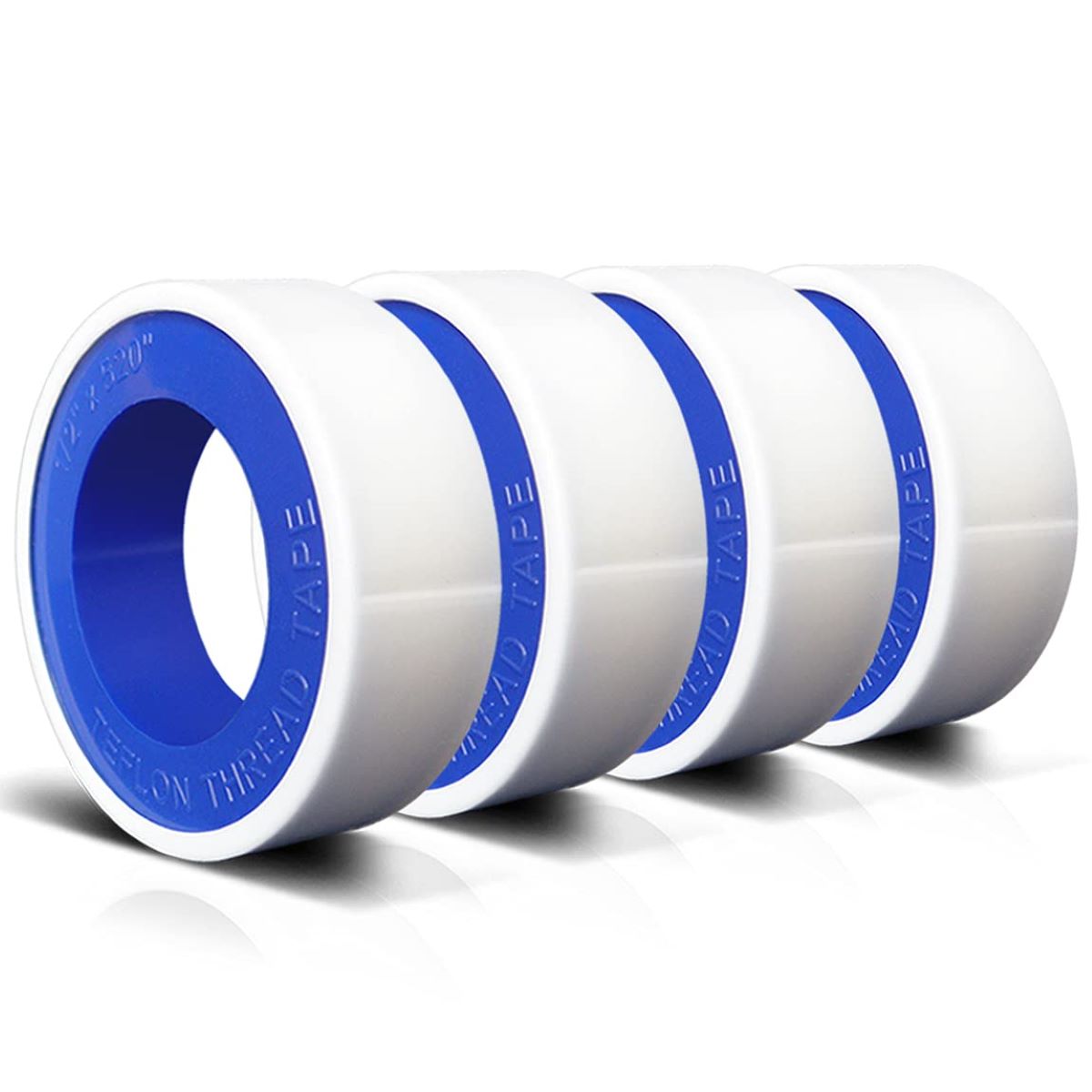
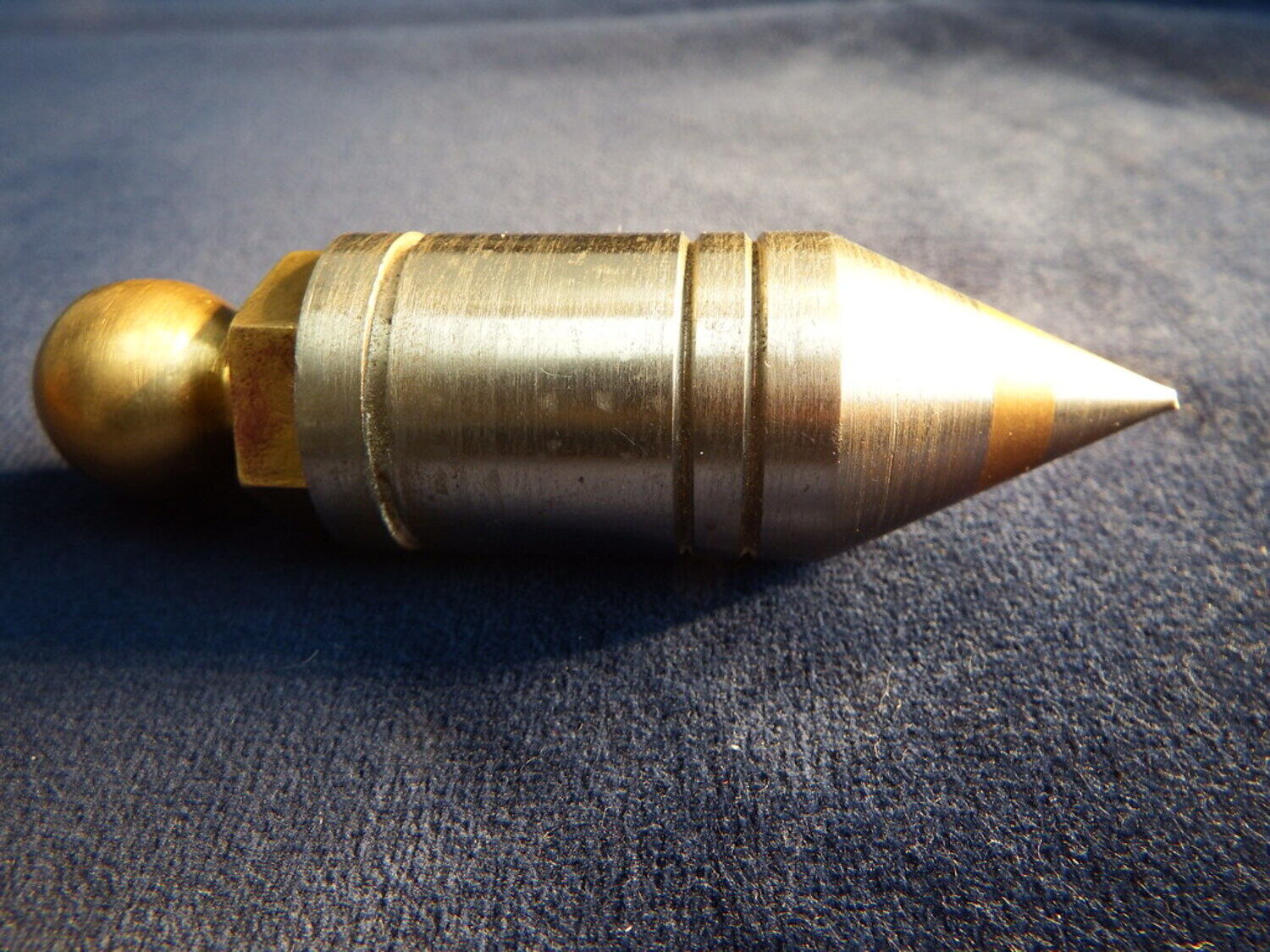
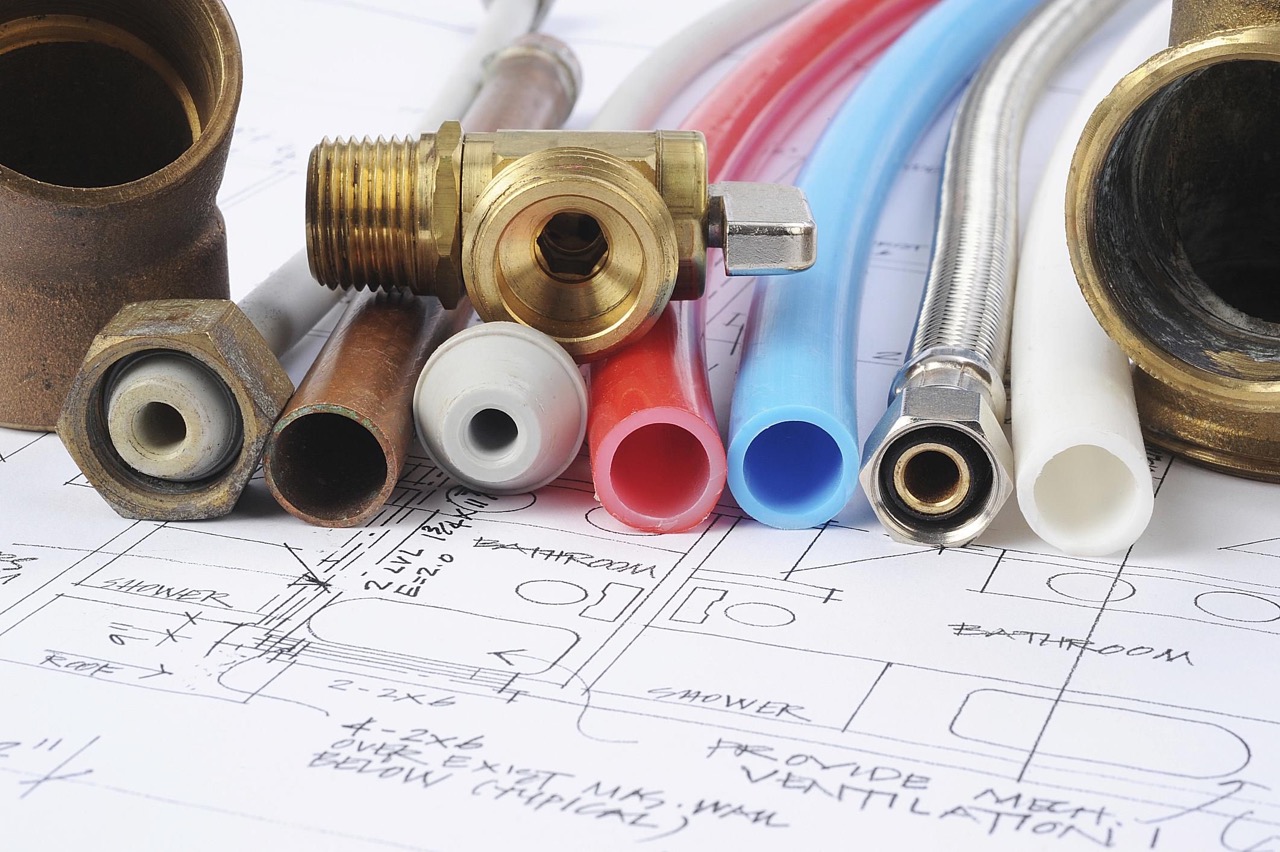
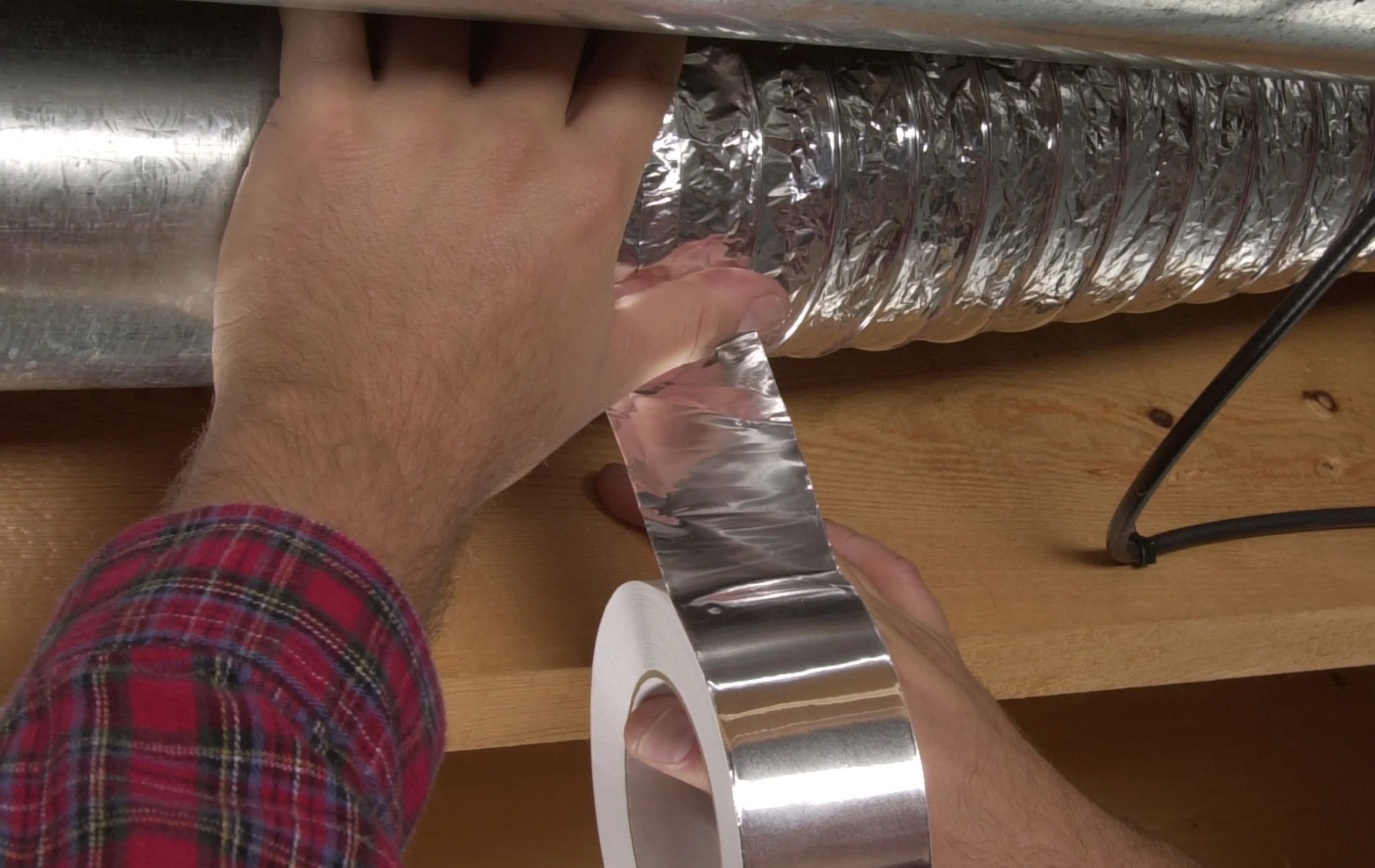
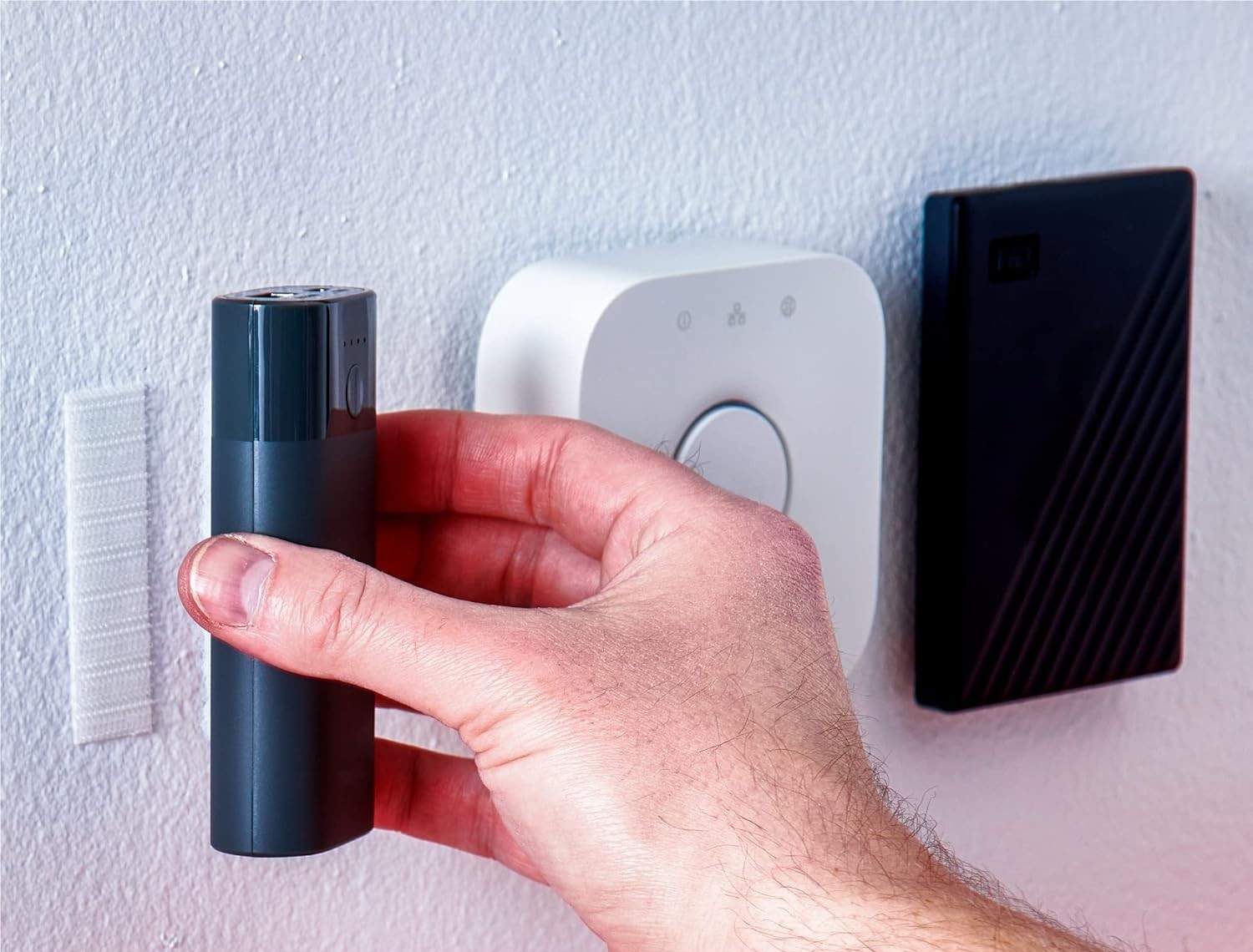
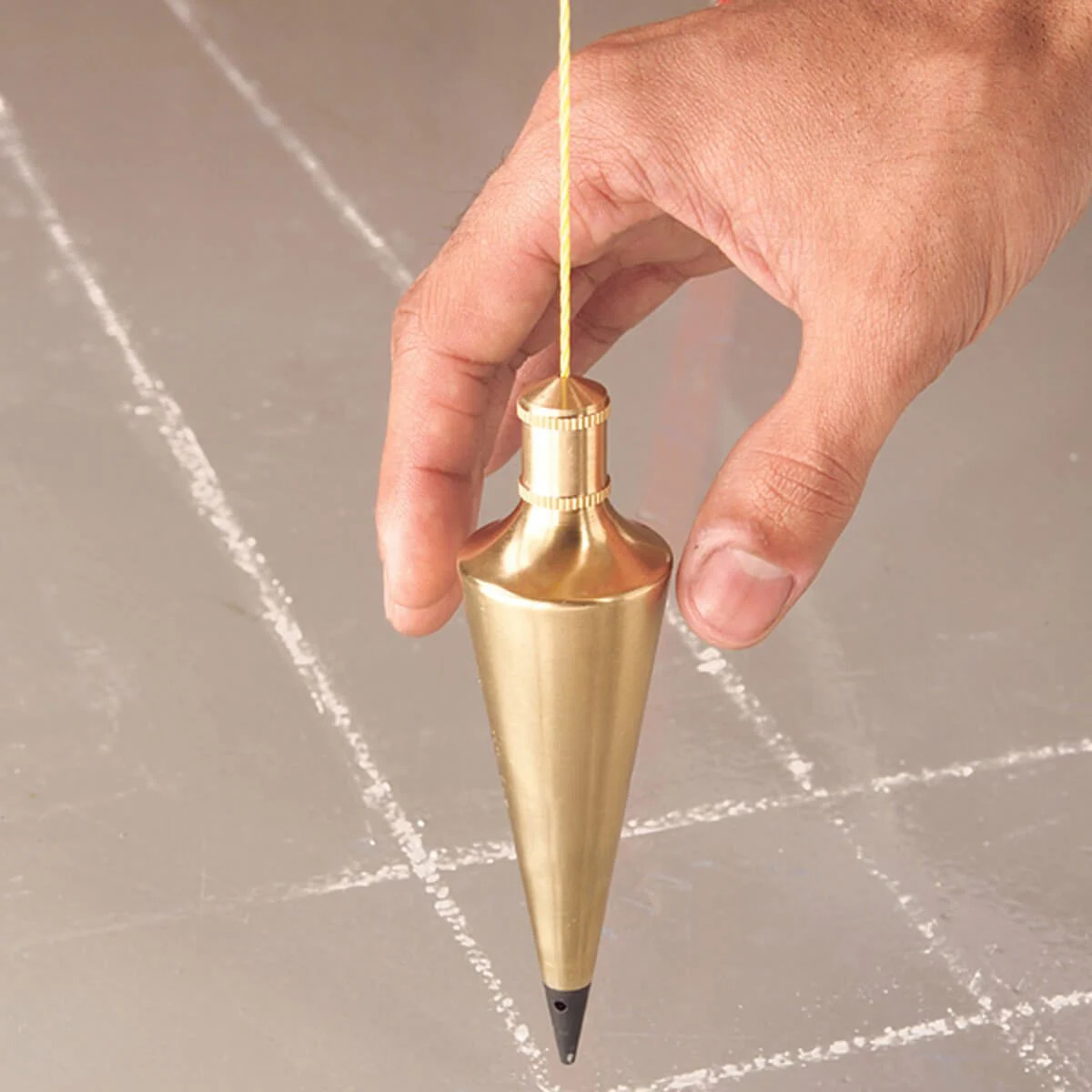
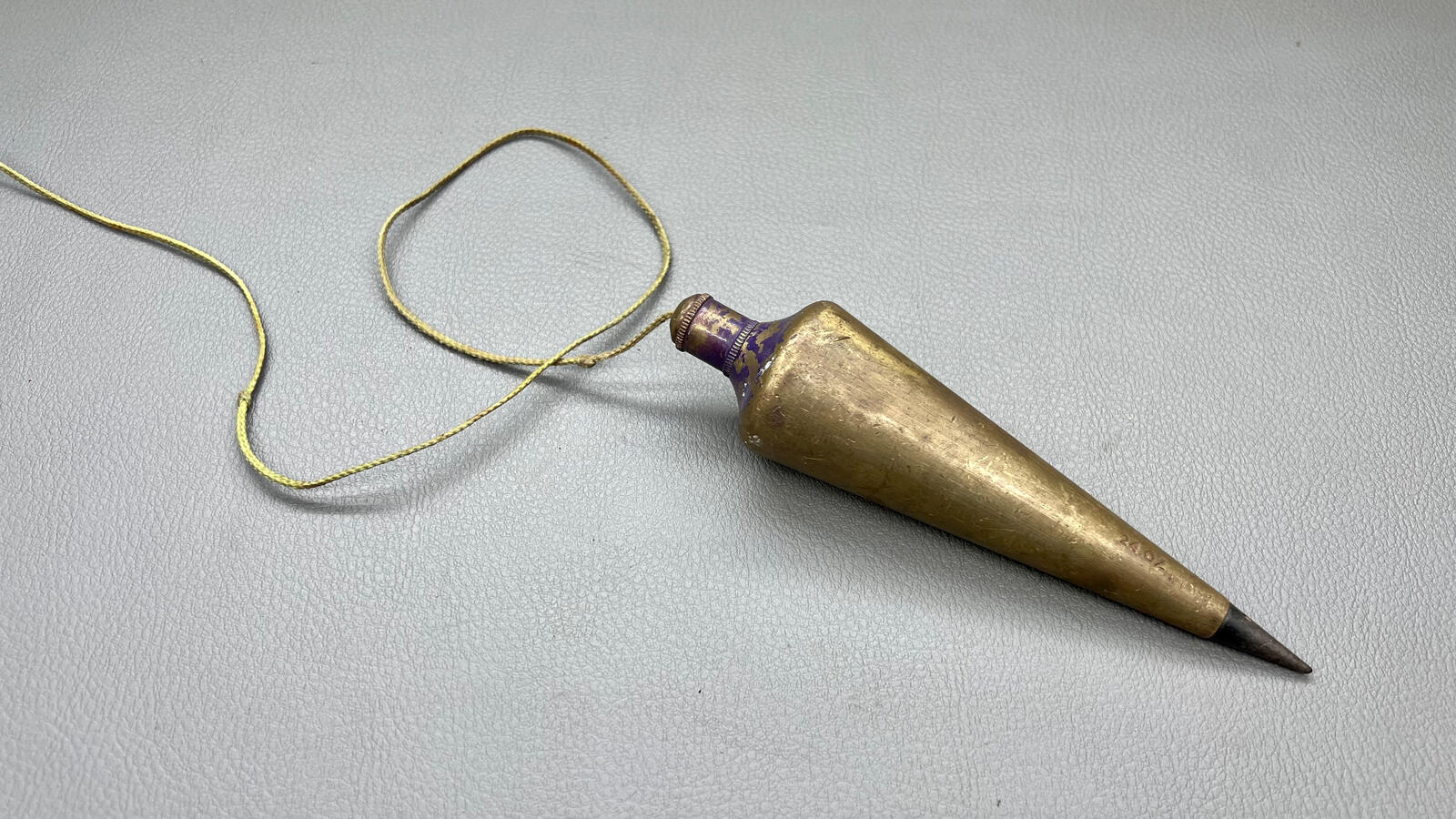
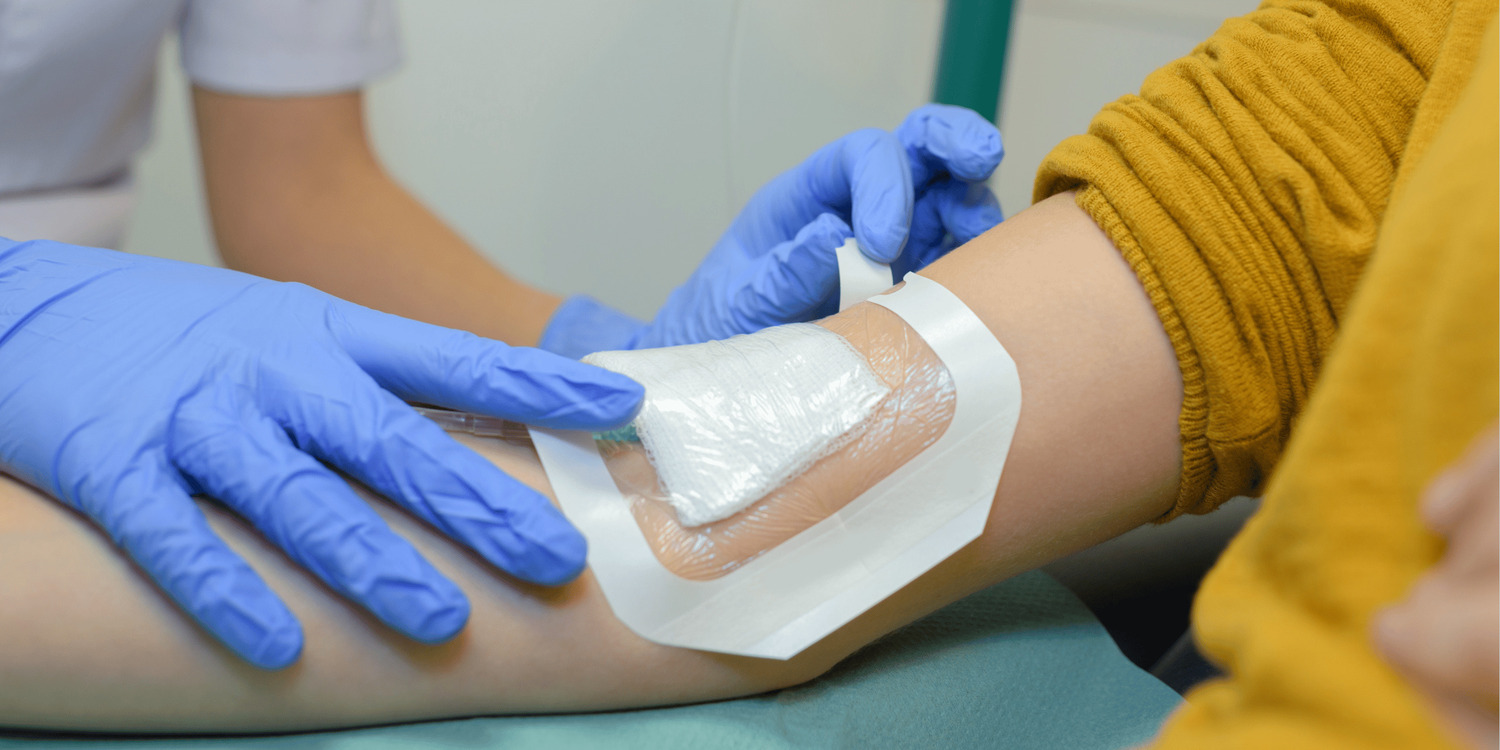
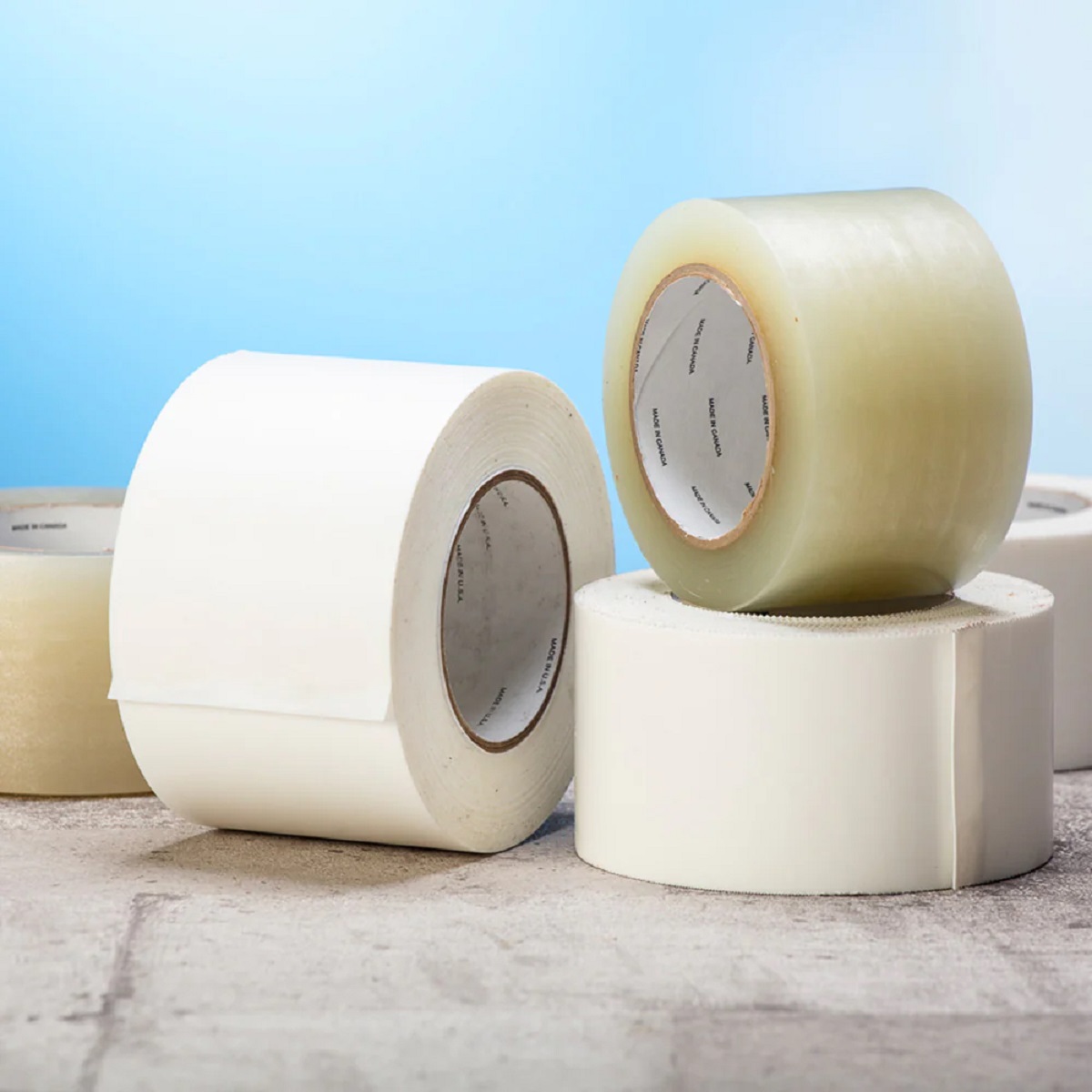
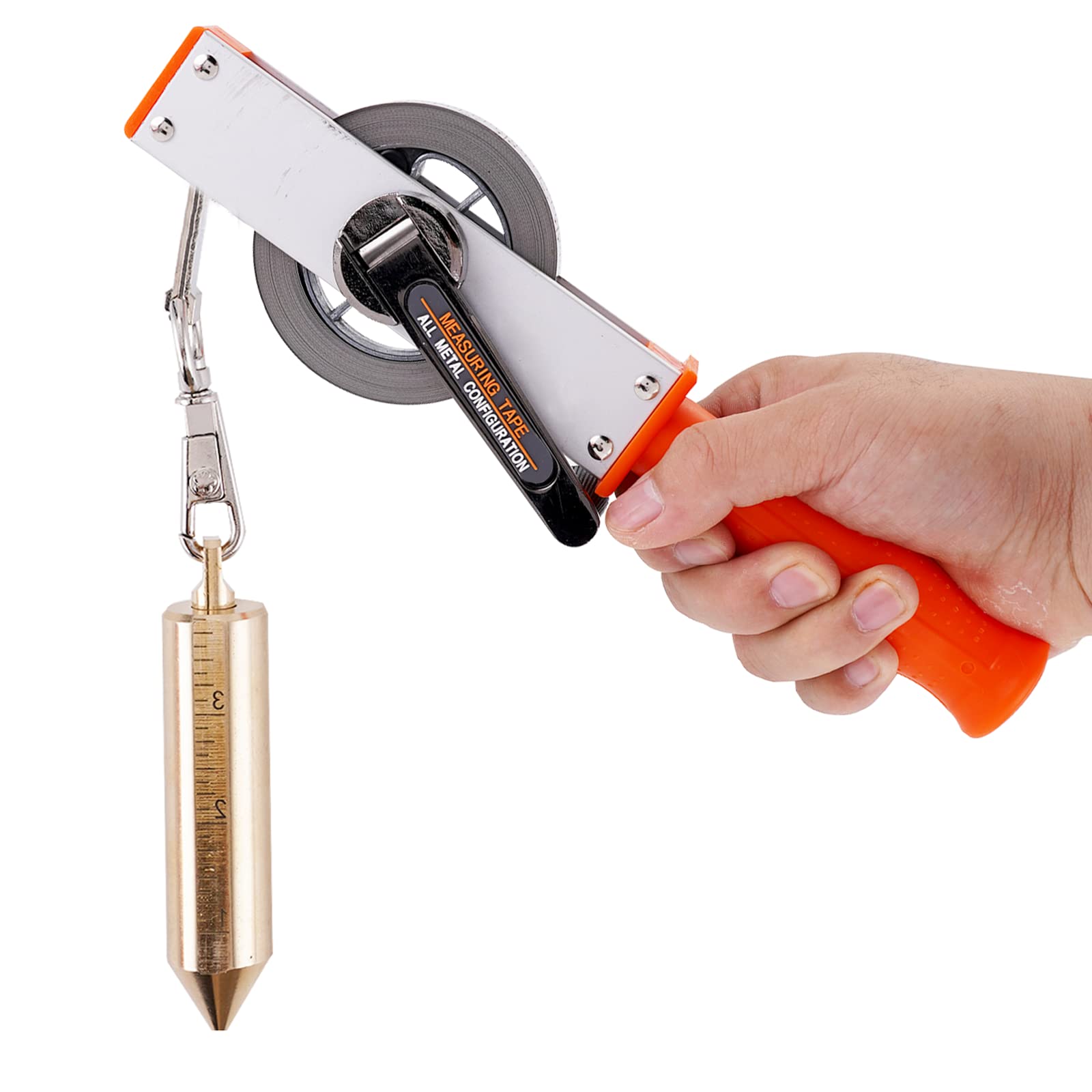
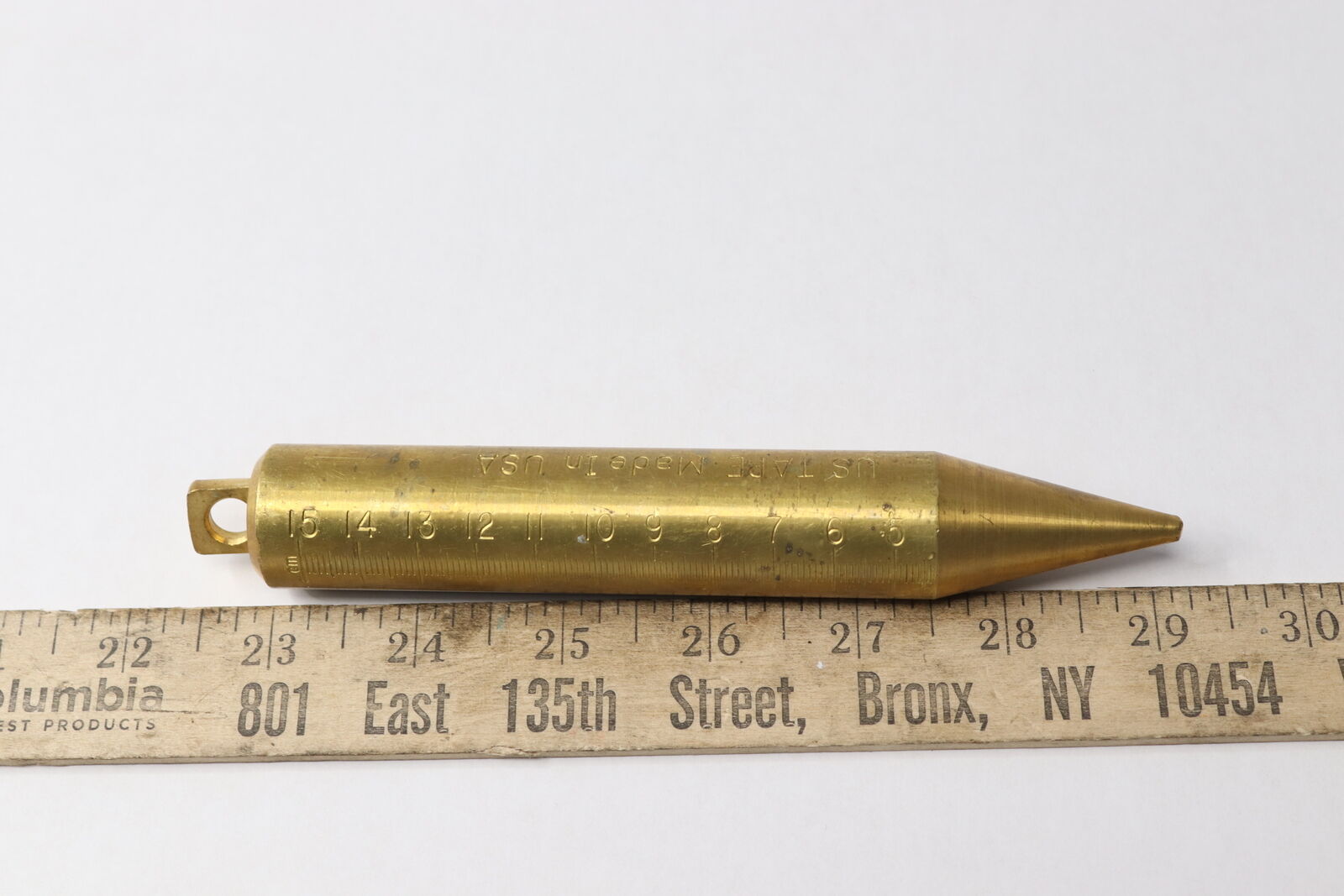

0 thoughts on “What Is Plumbing Tape Used For”